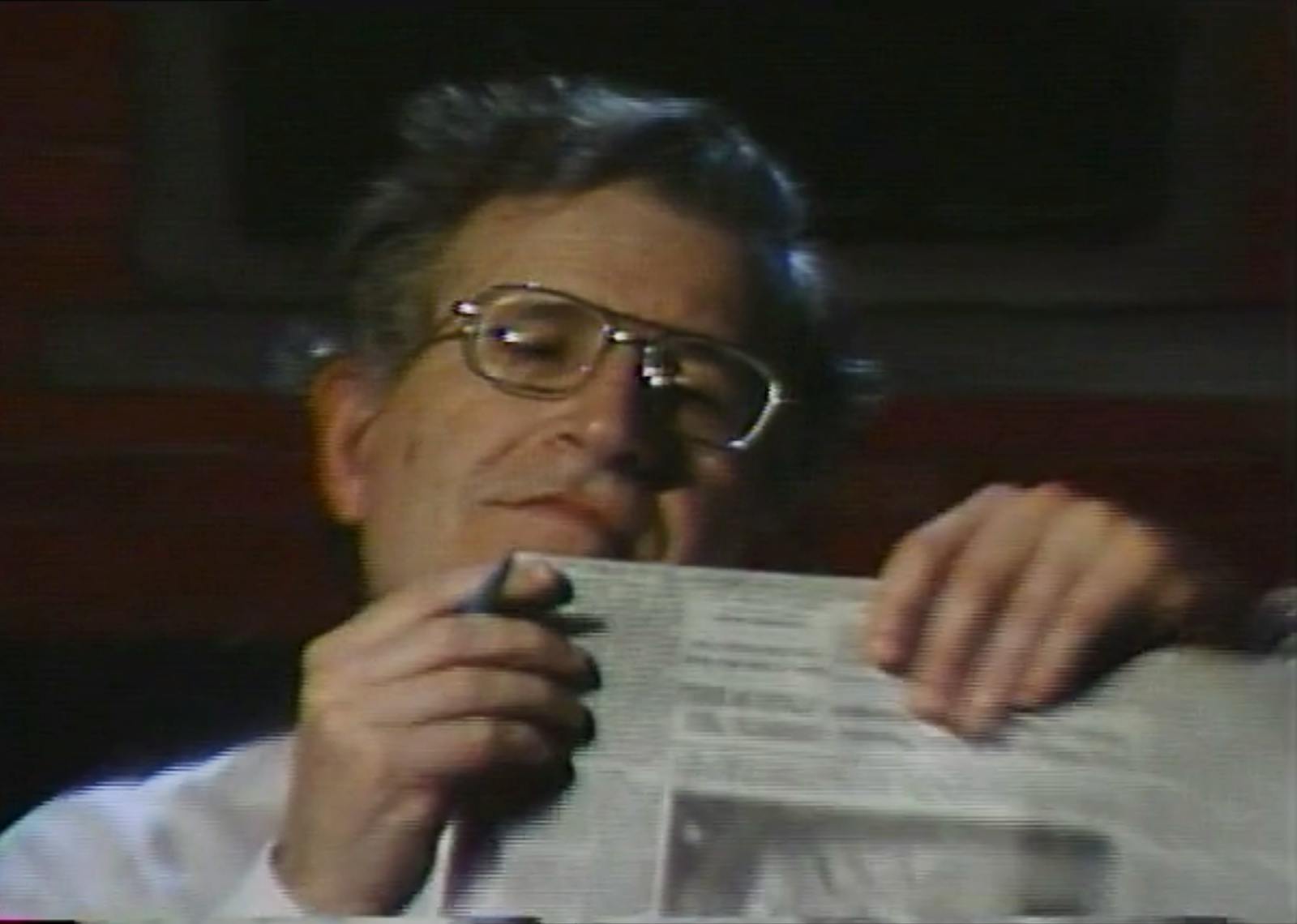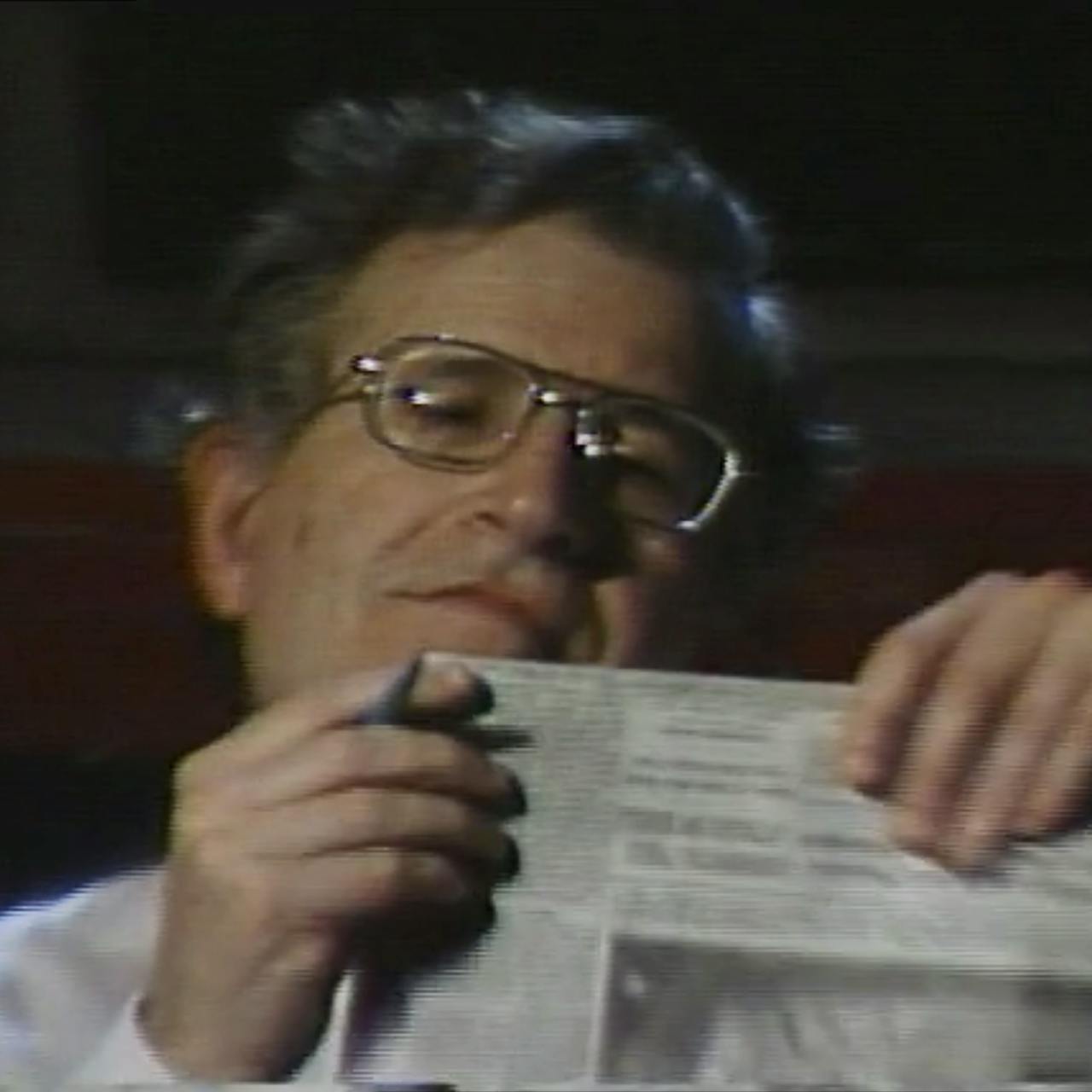Noam Chomsky Reads the New York Times
READING THE MEDIA


Paper Tiger Television
Linguist and social critic Noam Chomsky discusses U.S. foreign policy towards Central America through deconstruction of an article published in The New York Times on the Nicaraguan conflict of the mid-1980s. By examining this article against the reality of the conflict, Chomsky illustrates propagandistic strategies which The New York Times, still perhaps the most regarded English-language newspaper, utilizes in order to support antidemocratic and often violent U.S. foreign policy towards Central America.
The first of these propagandistic strategies is “selection.” In Chomsky’s example, the article discusses the Nicaraguan government and its support of militant groups in El Salvador and, as Chomsky points out, suppresses any mention of the repression and violence carried out by the U.S.-supported Salvadoran government.
The second propagandistic strategy: formulating questions in such a way that issues at hand are prejudged. Chomsky demonstrates how the terminology of the article frames the situation in alignment with U.S. foreign policy. For example, while referring to a U.S.-supported mercenary army in Nicaragua as the “democratic opposition,” The New York Times in no way questions the real democratic credentials of the group. It is a lesson that, unfortunately, bears repeating today.
Illuminating fallacies of the coverage in the “paper of record,” Chomsky emphasizes that in order to responsibly read the news, one must ask oneself three questions: How does the state want the issue to be perceived? How does the publication want the issue to be perceived? And what is the reality of the situation?
